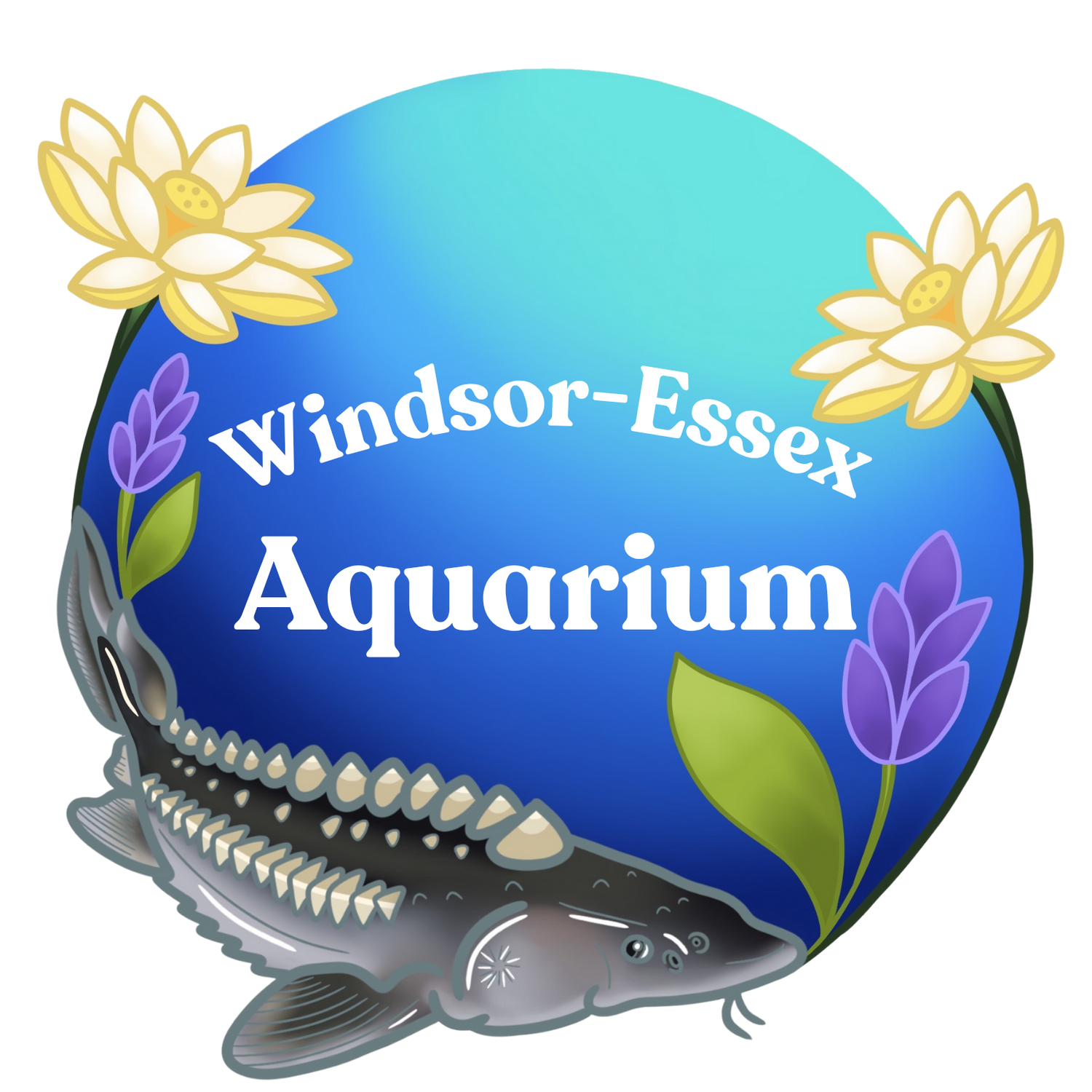Who we are
At the Windsor‑Essex Aquarium, slated to open in the coming years thanks to the vision of local expert and founding President Madison Dugdale, we will invite our community to dive into the story of our region’s waterways—and discover how each of us can help protect them.
Our mission is simple yet profound: to inspire our community to protect and cherish aquatic life through immersive education and impactful conservation efforts. Guided by a vision to become a beacon of aquatic conservation in Windsor-Essex, we will ignite passion for our water ecosystems and secure a thriving, sustainable future for all aquatic inhabitants.
When complete, our signature Detroit River Replica Exhibit will feature authentic rumrunner cars and a boat‑dredged shipping channel display—contrasted with a pristine, natural ‘restoration’ of the same landscape. This powerful side‑by‑side presentation will highlight the impact of human activity on the Lower Great Lakes watershed and demonstrate how thoughtful stewardship can restore balance to our local ecosystems. Not only will the aquarium host a variety of freshwater species, saltwater species will also be featured.
As a not-for-profit organization, we are currently mobilizing donations and partnerships to fund the aquarium facility, which will enable year‑round outreach: delivering hands‑on learning to classrooms, installing living microbiomes, and appearing at community festivals across Windsor‑Essex to share practical conservation tips. We will partner with regional organizations on habitat-protection initiatives, ensuring that our commitments to conserving native fish, amphibians, and invertebrates remain resilient and enduring.
Professional, community‑driven, and passionately local, the Windsor‑Essex Aquarium will be more than a destination—it will be a movement. With your support, we will celebrate, learn about, and defend the waterways that sustain us all.
Join Us in Building This Vision
We rely on donations and sponsorships to bring the Windsor‑Essex Aquarium to life. Every gift—large or small—will directly bolster our conservation programs and educational initiatives.
Pillars
Our River, Our Health
Over five million people rely on the Detroit River as their primary source of drinking water (Detroit River Cleanup). Decades of industrial discharge have left Polychlorinated Biphenyls (PCBs), Polyaromatic Hydrocarbons (PAHs), heavy metals in the sediment and emerging Perfluoroalkyl and Polyfluoroalkyl Substances (PFAS) in raw source water, posing long-term health risks (Sems Publishing, Planet Detroit). These contaminants have been linked to cancer, endocrine disruption, thyroid imbalance, neurological effects, and developmental issues in children (WXYZ 7 News Detroit). In response, state “Eat Safe Fish” advisories now restrict consumption of bottom-feeding species and outline safe serving limits to protect vulnerable populations (State of Michigan | Michigan.gov). Our River, Our Health emphasizes that safeguarding the Detroit River is synonymous with protecting our citizens’ right to clean water, animals’ welfare, and securing a healthier future for generations to come.
Hands in the Water -
Hands in the Water invites residents to walk along the Detroit River’s shallows to collect samples and witness the changing health of their watershed firsthand (USGS). Volunteer stream-and-water-quality monitoring programs demonstrate that hands-on engagement not only yields valuable data for municipalities but also strengthens community trust, with volunteer data quality rivalling professional sampling (US EPA). By partnering with local health authorities to distribute free test kits, host safe sampling events, and publish clear water-quality reports, we ensure families can put their hands in the water with confidence (US EPA). When volunteers see their data live on our public dashboards and are celebrated as “River Stewards,” each sample becomes a story, forging personal connections that ripple out into sustained advocacy (USGS). Our digital kiosks and online portals will stream volunteer-collected metrics—pH, turbidity, contaminant levels—in real time, empowering residents with transparent data they can trust and act upon (USGS).

Our next steps
Design exhibit layout
Attend community events
Develop some educational curriculum
Networking with local organizations
Contact us
Interested in working together? Fill out some info and we will be in touch shortly. We can’t wait to hear from you!


